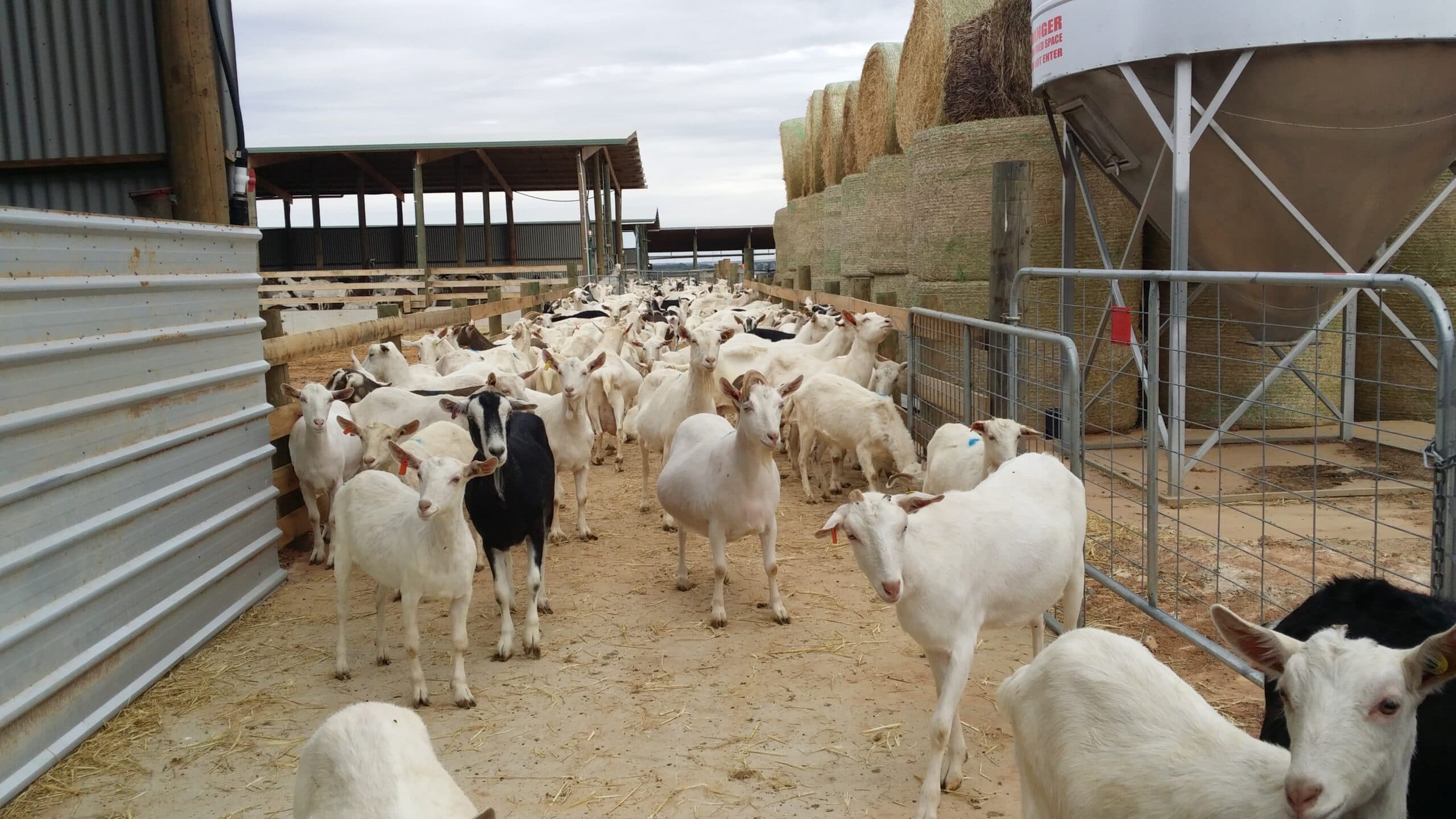After more than six years of multi-disciplinary research, the Q Fever Group – funded by the Australian Government Department of Agriculture, Fisheries and Forestry as part of its Rural R&D for Profit program – has released the findings of its flagship research project, Taking the Q (query) out of Q fever.
Prioritising biosecurity
The project findings fell into three broad themes; improving knowledge and management of Q fever in dairy goat herds; understanding Q fever in the environment; and structures to support Q fever management across the human, animal and environmental health sectors.
These research outcomes are particularly timely given the range of biosecurity issues that have impacted Australians recently. From the COVID-19 pandemic, to the NSW Varroa mite incursion and looming threat of foot-and-mouth disease, the community is more aware than ever of the risks of diseases and how they can impact our economy and our health.
Money is at stake
Dr Bonny Cumming, who managed the project from the University of Melbourne says the research confirmed that there are economic incentives for farmers to avoid, control and eradicate Q fever.
“Our research shows Q fever infection in dairy goats resulted in less milk production,” she says. “When you consider this, with existing research that shows Q fever impacts the reproductive capacity of goats, it provides a critically important economic incentive for taking appropriate biosecurity measures to minimise the risk of acquiring the disease.”
Protecting human health
Charles Sturt University’s Associate Professor Jane Heller, who was involved in the research, adds, “this project prompted us to look at the systems in place across Australia and determine where the gaps are. One key finding was that health structures are quite different between states, and that better communication between human health systems and animal health systems will be critical in the future.”
This finding is particularly important when you consider Q fever is the most common zoonotic disease in Australia.
“While our research across dairy goat farms found that currently the prevalence of Q fever in Australia is relatively low, it does have a profound impact on rural communities,” says Dr Heller.
“It is generally under-reported (in humans) because diagnoses often rely on doctors having a particular interest in and knowledge about infectious diseases. This has severe implications for patients with chronic Q fever who suffer from symptoms similar to long COVID.”









